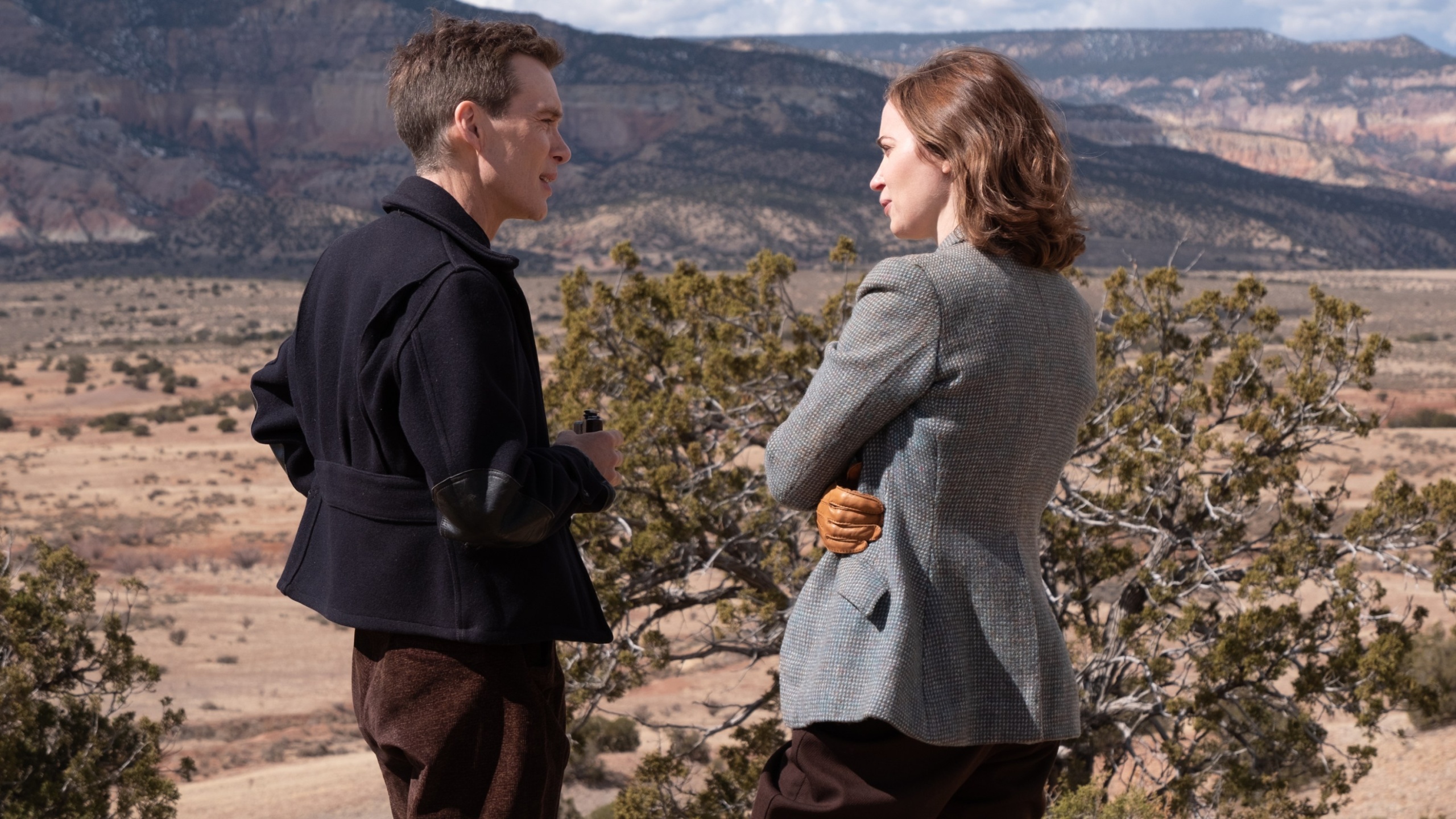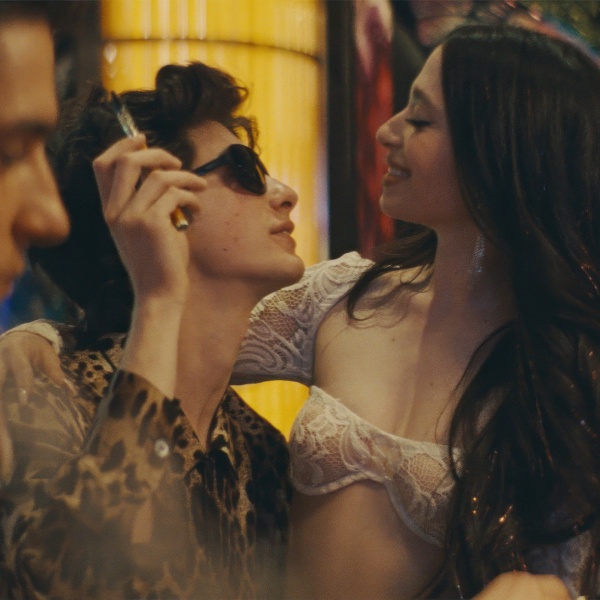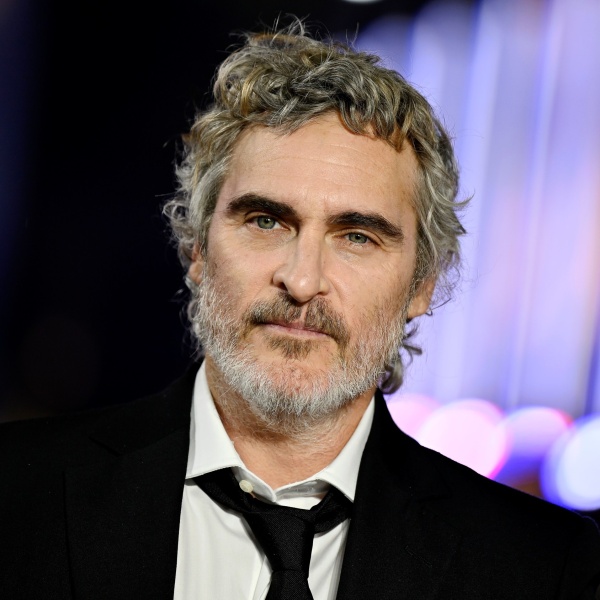Given “Oppenheimer” director Christopher Nolan‘s well-known penchant for doing as much as possible practically, it’s unsurprising that he scouted Los Alamos, New Mexico, as a potential location for his film‘s many scenes set at the Los Alamos National Laboratory. Unfortunately, he quickly realized the town wouldn’t work for his period film. “Chris and his son took a road trip out there, and the present-day Los Alamos is very modernized,” production designer Ruth De Jong told IndieWire. “There’s a Starbucks on every corner and that sort of thing. So he said, ‘If you want to go see Los Alamos, you can go see it, but I’m not interested in shooting there.’”
De Jong and Nolan scouted various areas in New Mexico, Utah, and Colorado, looking for a location where they could build the town of Los Alamos and get the epic vistas that Nolan desired. They landed on Ghost Ranch, a 21,000-acre retreat in Northern New Mexico that had a nice plateau on which De Jong could build the town; it also had incredible backdrops in every direction. “We wanted an overwhelmingly epic location that would help the audience understand what it meant for Oppenheimer to have taken his team to the middle of nowhere with nothing around,” she said.

Initially, De Jong planned to build everything, both interiors and exteriors, on that Ghost Ranch location. She drew up an elaborate recreation of Los Alamos, which was then rendered physically as a 3D white model — a model so large that it had to be stored in the production office backyard. The idea was for the actors to be able to move from exteriors to interiors in fluid shots, but “it was just beyond what we could afford,” De Jong said. “I mean, you hear Matt Damon say in the movie that they spend two years and $2 billion dollars on the real Los Alamos, and that’s 1942 dollars. The government gave them massive resources — my resources were a little different.”
While the area around Los Alamos looked too contemporary, many of the individual buildings remained period perfect. “Some of these buildings have been literally untouched,” De Jong said. As the team was trying to figure out how to control the expense of an interior/exterior build, De Jong proposed shooting most of the exteriors on the Ghost Ranch set and most of the interiors at the real Los Alamos. It turned out to be a cost-effective solution that had the added benefit of giving the actors something real to play off of, as it allowed Cillian Murphy and Emily Blunt to play out scenes in the house where the Oppenheimers actually lived. The verisimilitude extended to other locations as well: “There was a women’s dormitory from the ’40s that housed a lot of the women that worked there, and we used that for the lab with the bowls of marbles.”
Combining the exterior set with the practical interiors from the period gave the actors an immersive experience that De Jong felt found its way into their performances. “It really impacted them and put them in a great mindset,” she said. “We wanted to transport them back in time.” That philosophy informed even the sets and locations where De Jong took a bit of creative license. “You know, we cheated a lot. We did go to Berkeley, but we did a lot of Berkeley in Pasadena. Similar to the way we combined exteriors and interiors in Los Alamos, I could find the same craftsman house in Pasadena that I could find in Berkeley but then utilize the campus in Berkeley. It was always challenging, but at the end of the day Chris and I were just always pushing for authenticity.”





